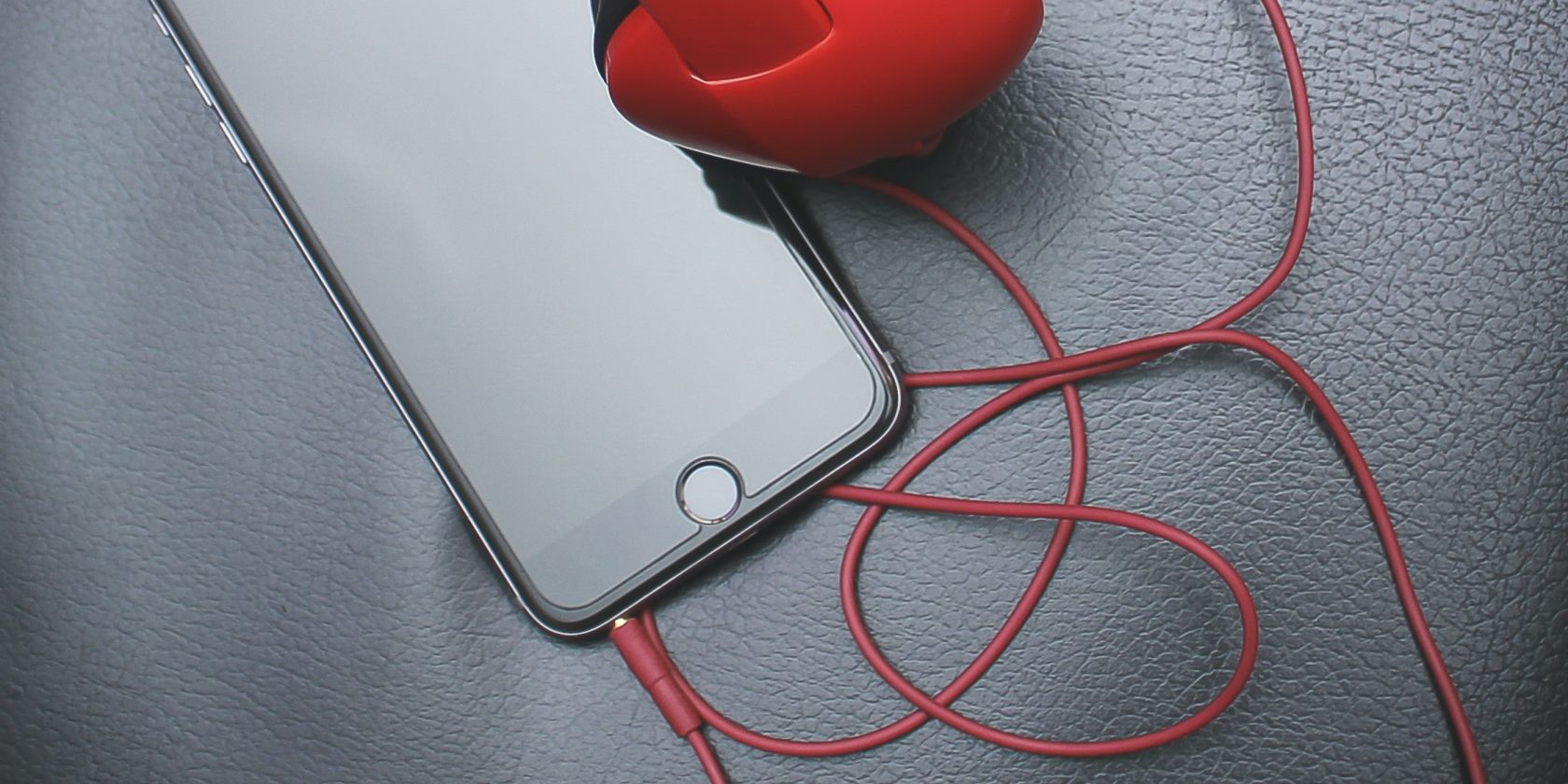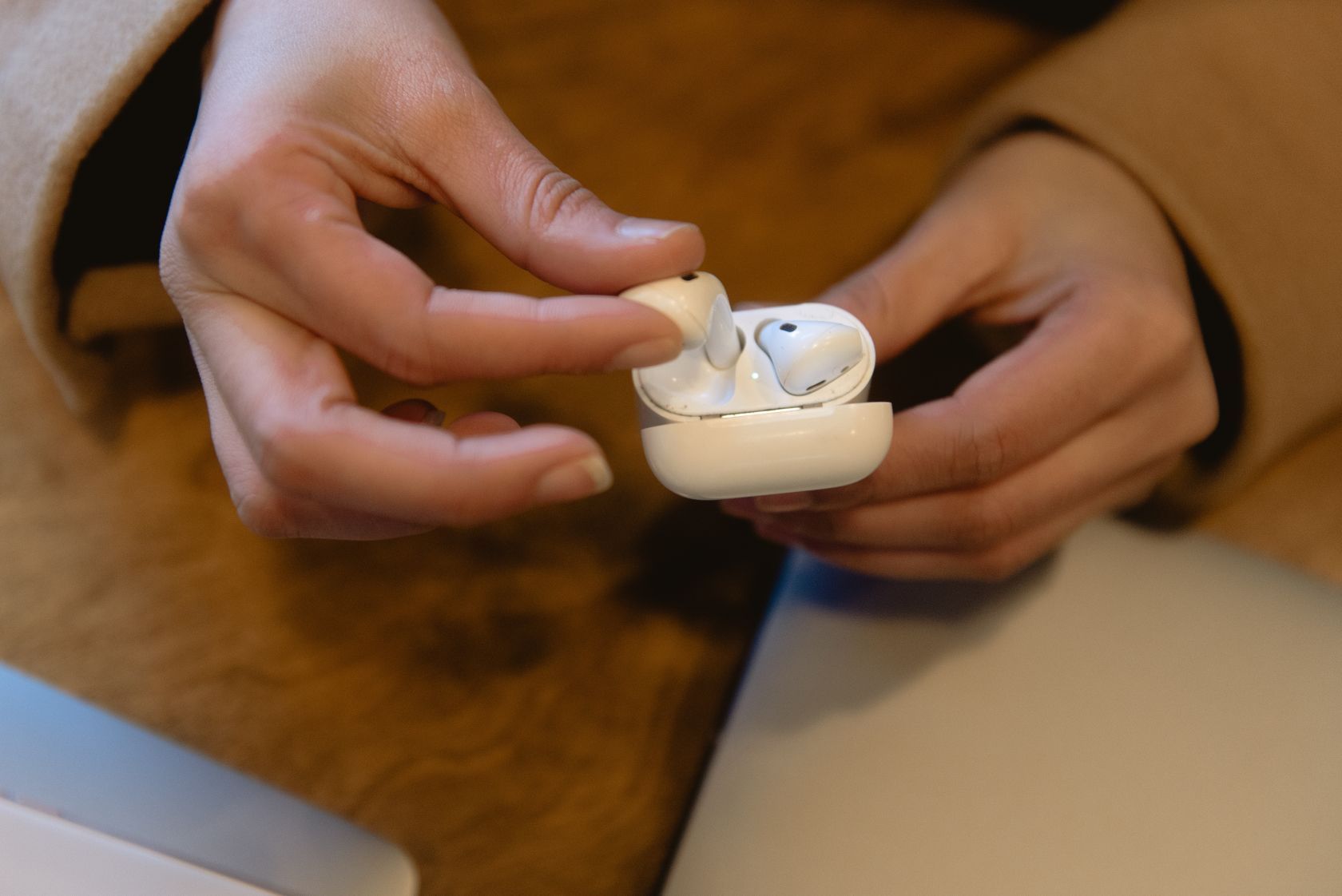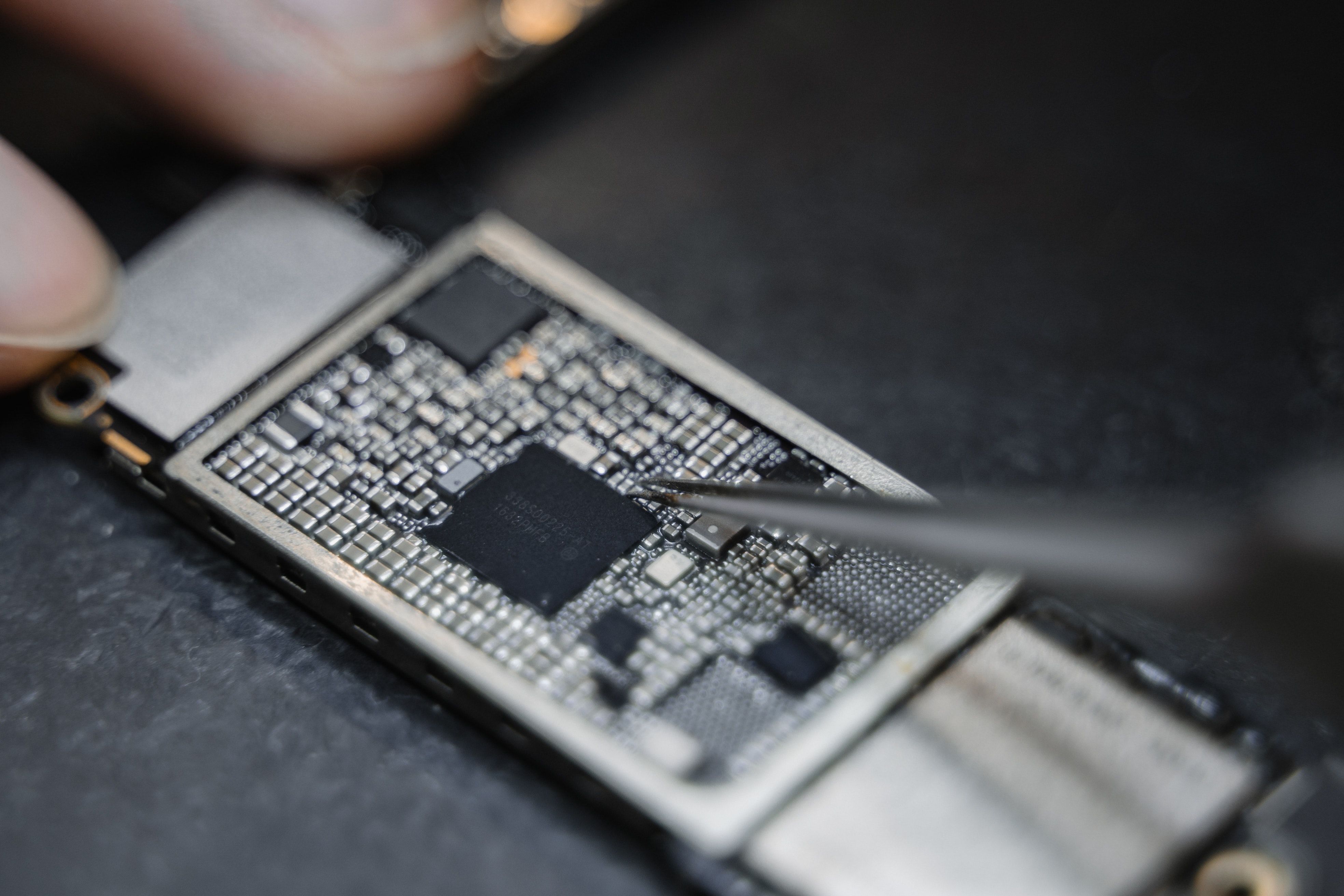There's been quite some debate around whether or not mobile devices should ship with a 3.5mm headphone jack. Over the years, we've seen it as a vital component, given that it can come side-by-side with Bluetooth, meaning users can use both wired and wireless headphones.
Apple removed the 3.5mm headphone jack in 2016 with the iPhone 7. Fast forward to today, and it's easy to see that they were right to do so. So, keep reading to learn why it was an intelligent decision.
Apple's Removal of the Headphone Jack
First and foremost, it's important to understand that Apple removed the headphone jack openly. It wasn't a silent decision and actually formed part of a marketing campaign.
For some time, Apple shipped their phones with a 3.5mm adapter that fit into the lightning port as an alternative for avid wired headphone users. Shortly after, though, the Cupertino company stopped supplying the dongle. But you can still always purchase one of the best iPhone headphone adapters.
There was a noticeable amount of frustration surrounding this decision for some time. Opinions have since changed, though. It's now clear to see why it makes sense to ship iPhones without the headphone jack.
Why Apple's Decision to Ditch the Headphone Jack Makes Sense
One of the reasons people might be upset with the lack of a 3.5mm headphone jack for iPhone devices is the cost difference between a good pair of wireless headphones and wired headphones.
However, there are so many reasons why going wireless is simply the better choice. Here's a quick look at a few of those reasons.
No More Tangled Mess
Previously, tangled earphones were such a prevalent topic that it had even become a meme of sorts. It seemed that they would immediately get entangled only seconds after putting a pair of wired headphones in your pocket.
So, opting for a wireless alternative means you don't have to invest time and effort fumbling with and untangling a pair of headphones. Cables are also a primary reason why your headphones might break frequently.
Technology Is Going Wireless
Most tech companies are pushing for a wireless approach. You can connect most devices wireless via Bluetooth and even charge your phone wirelessly on a dock. The freedom of movement and ease of use that comes with wireless alternatives are fantastic.
There's nothing quite like shuffling through a playlist and moving through your home without having to carry your phone around with you. Quality also isn't much of a concern, as there are plenty of ways to improve your headphone audio quality, whether they're wired or wireless.
More Internal Space for Components
While an integrated 3.5mm headphone jack might not seem to take up much internal space on the iPhone, it still significantly impacts how components fit inside. Removing the jack makes accommodating a larger battery, storage drive, and other components easier.
In many cases, the jack is replaced with an additional phone speaker. This makes it much easier to design devices that provide stereo audio when used in landscape mode.
Other Phone Companies Are Doing the Same
Apple isn't the only company building towards a wireless future. Google noticed the various advantages of removing the headphone jack and removed it shortly after Apple.
Like the iPhones, the Pixel phones haven't had a 3.5mm headphone jack since 2017! Even Samsung, who made fun of Apple for ditching the headphone jack, eventually did the same, starting with the Galaxy Note 10.
Headphone Jack Is No Longer Necessary
Ditching cables isn't as difficult as it seems. You can use some great earbuds that come with many advantages, some with a battery life of more than 14 hours!
Leaving messy cables behind, allowing more room for internal components, and enjoying more free movement are just a few benefits of going wireless.
The only downside is that wireless earbuds are pricier than wired ones. No need to fret, though, as you can pick from a wide selection of AirPods and standard earbuds on the market—there's something for everyone.



